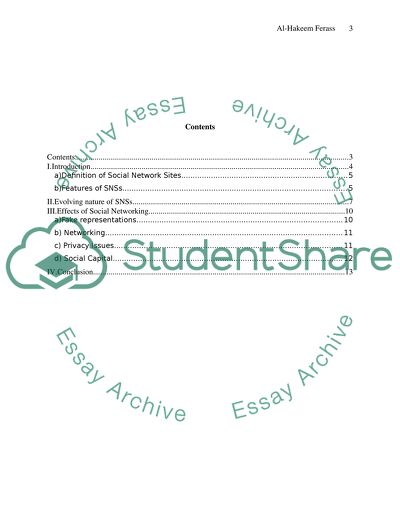Cite this document
(“Social Networking Research Paper Example | Topics and Well Written Essays - 2500 words”, n.d.)
Retrieved from https://studentshare.org/information-technology/1398934-social-networking
Retrieved from https://studentshare.org/information-technology/1398934-social-networking
(Social Networking Research Paper Example | Topics and Well Written Essays - 2500 Words)
https://studentshare.org/information-technology/1398934-social-networking.
https://studentshare.org/information-technology/1398934-social-networking.
“Social Networking Research Paper Example | Topics and Well Written Essays - 2500 Words”, n.d. https://studentshare.org/information-technology/1398934-social-networking.


